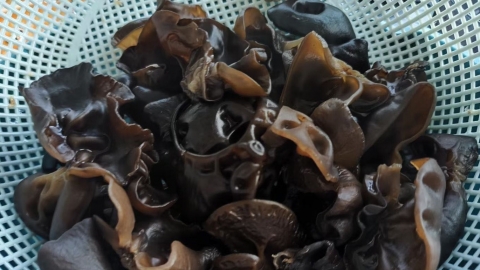Can lily bulbs and wood ear mushrooms be eaten together?
Under normal circumstances, lily bulbs and black fungus can be consumed together, but the quantity should be properly controlled. Detailed explanation is as follows:

Lily bulbs are rich in nutrients such as protein, vitamins, and minerals, and have the effects of moistening the lungs, relieving coughs, nourishing the heart, and calming the mind. Black fungus is rich in dietary fiber, iron, calcium, and various vitamins, and has functions such as blood replenishment and promoting intestinal health. When consumed together, they not only taste delicious but also complement each other, enhancing the therapeutic effects of food. This combination is suitable for consumption by most people.
Although lily bulbs and black fungus can be eaten together, excessive consumption should be avoided as it may burden the gastrointestinal tract and cause symptoms such as abdominal pain and diarrhea. Before consuming lily bulbs and black fungus, ensure the ingredients are fresh and clean, avoiding spoiled or contaminated food.
In daily life, suitable cooking methods can be selected, such as stewing soups or cooking porridge, to better utilize the benefits of lily bulbs and black fungus. It is also important to maintain a balanced diet and consume more fresh vegetables and fruits regularly.




